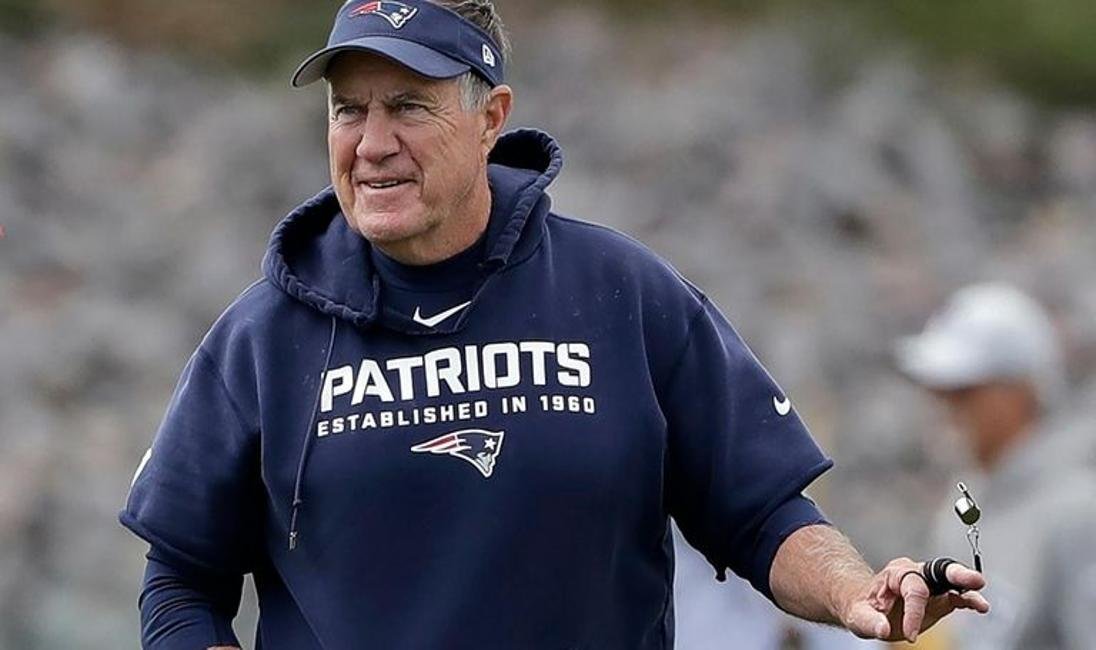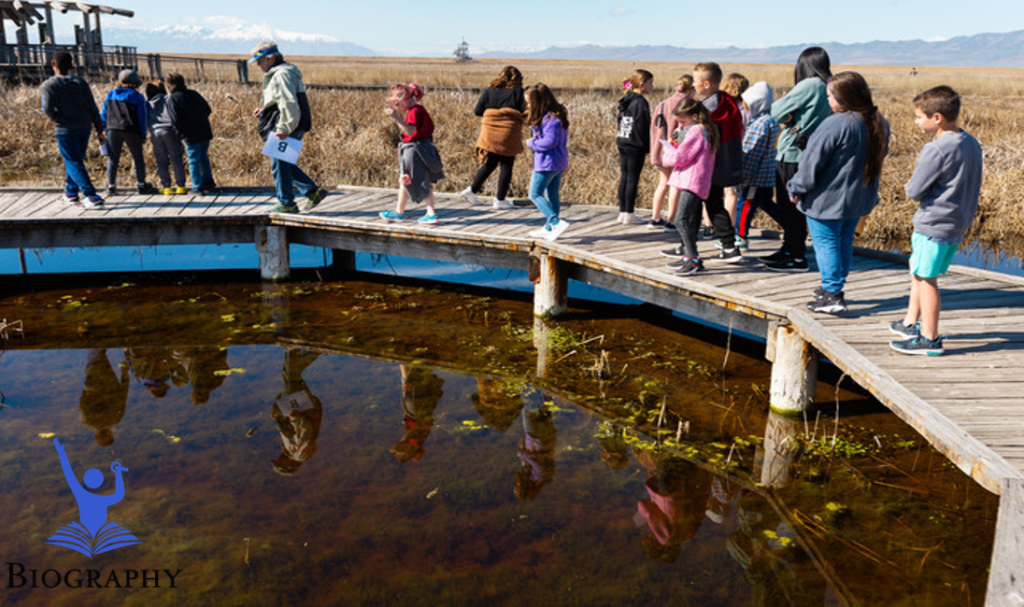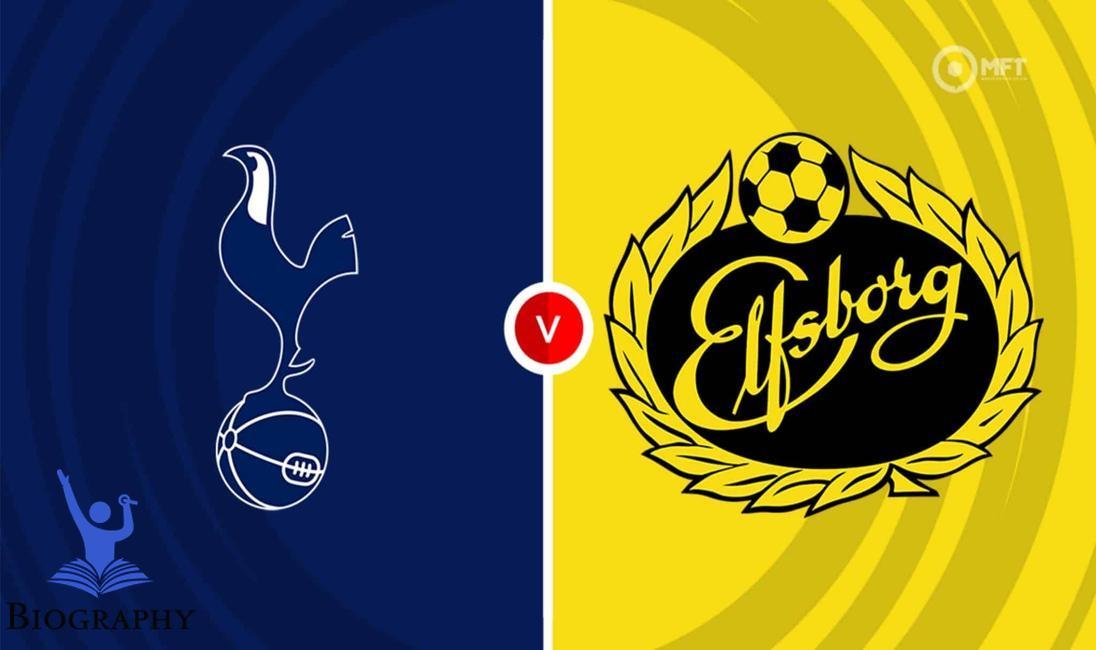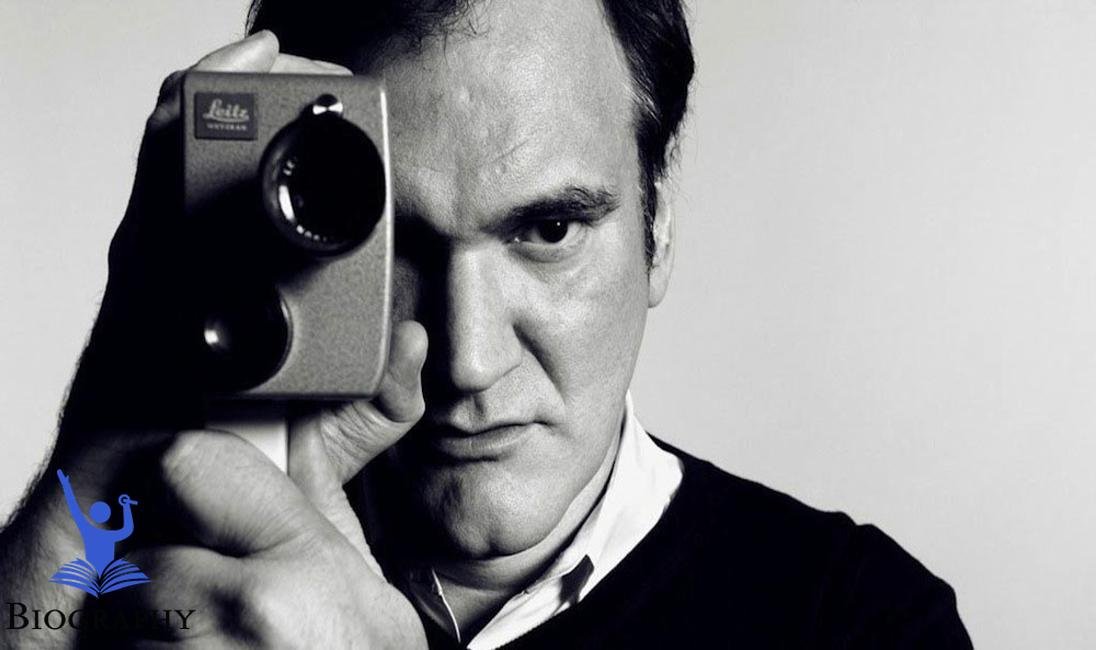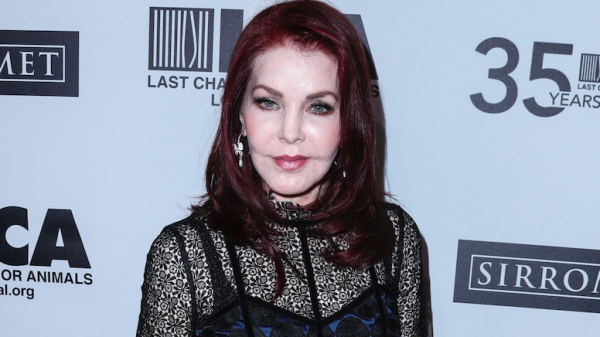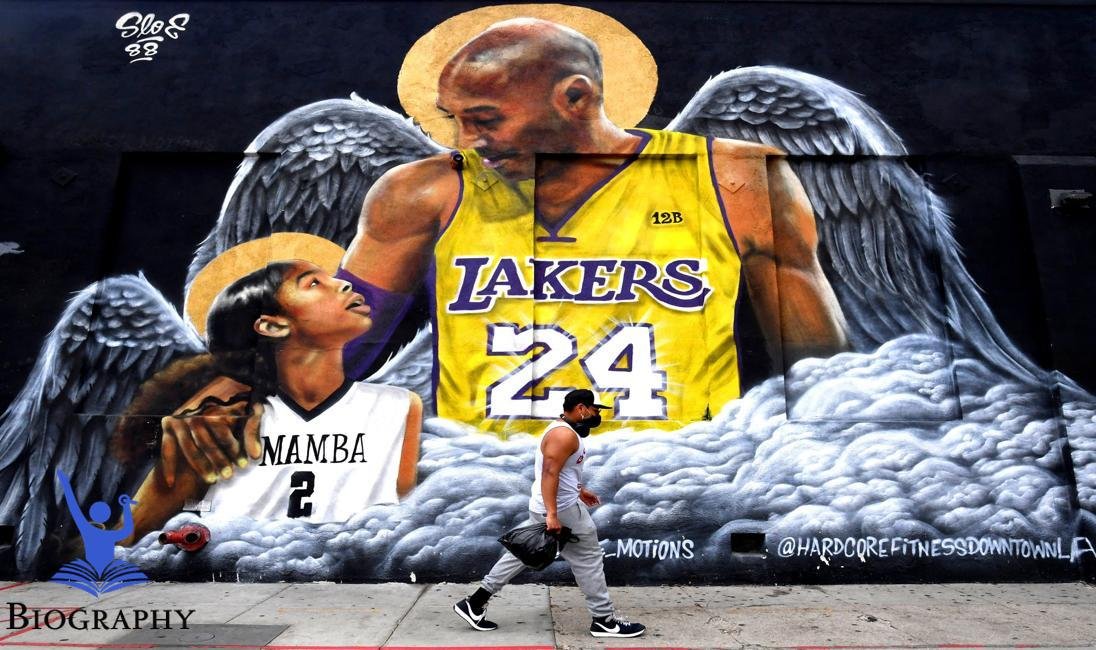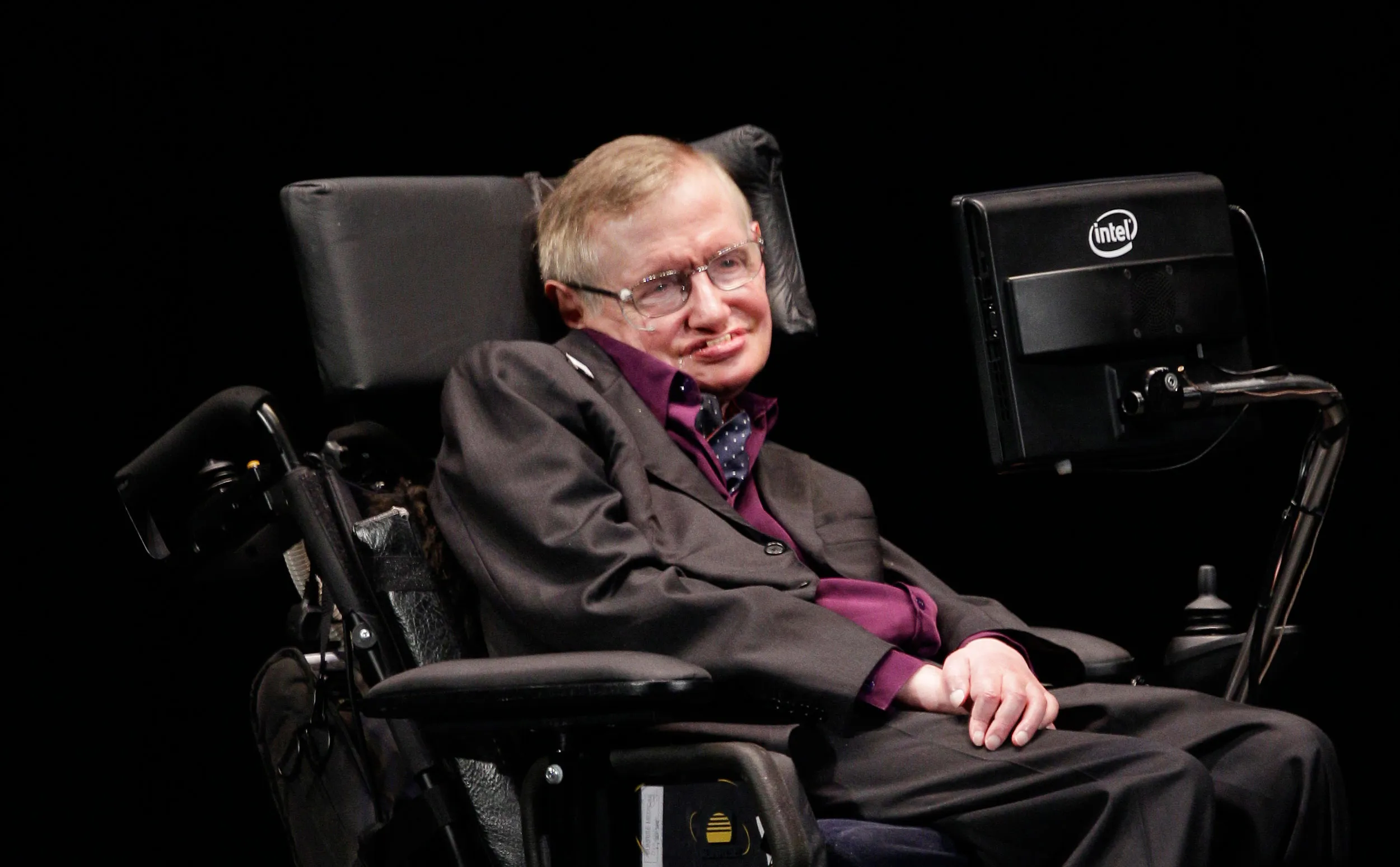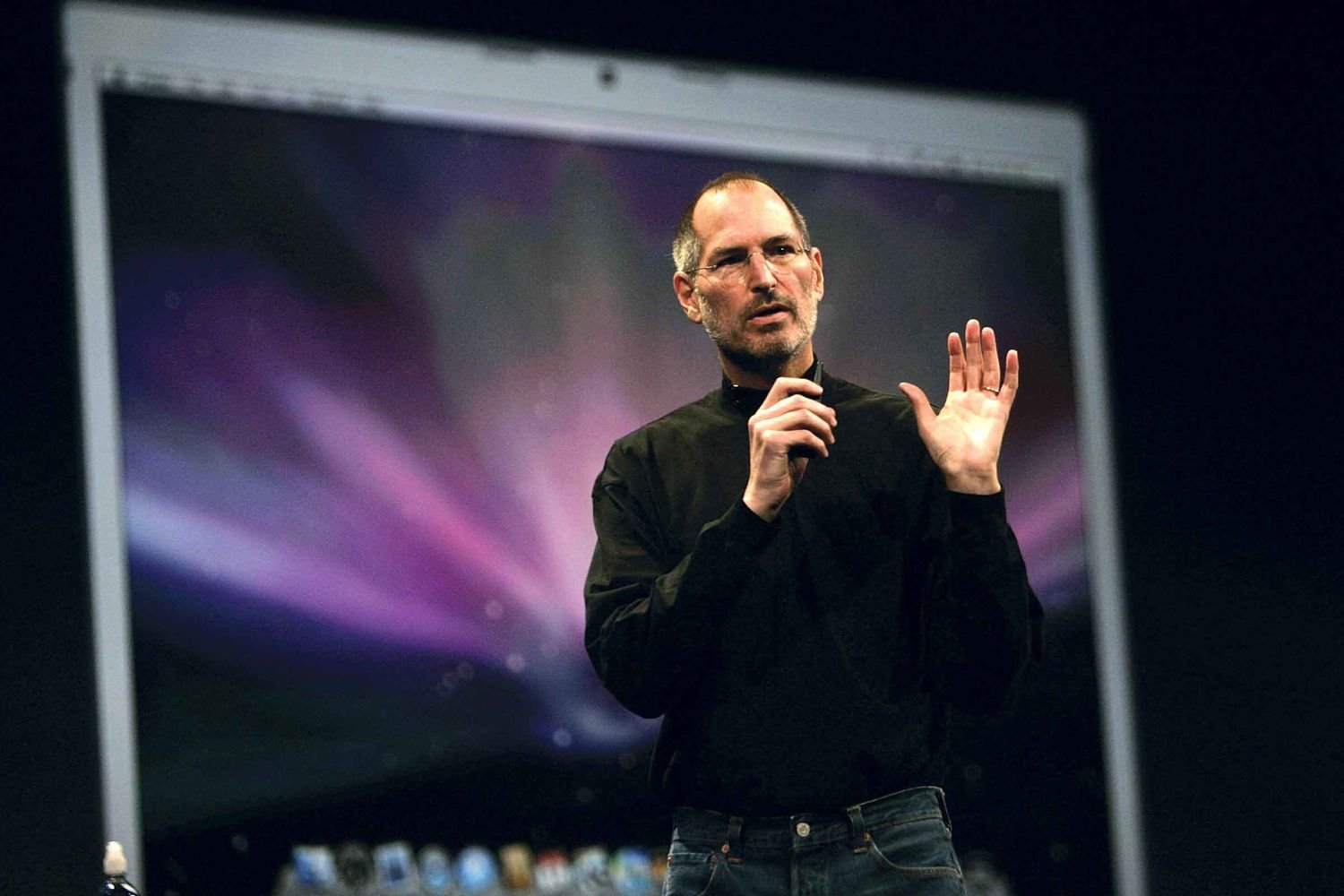Now Reading: Walt Disney | Biography, Frozen, Quotes, Pictures, Movies, Company, Characters & More, wiki
-
01
Walt Disney | Biography, Frozen, Quotes, Pictures, Movies, Company, Characters & More, wiki
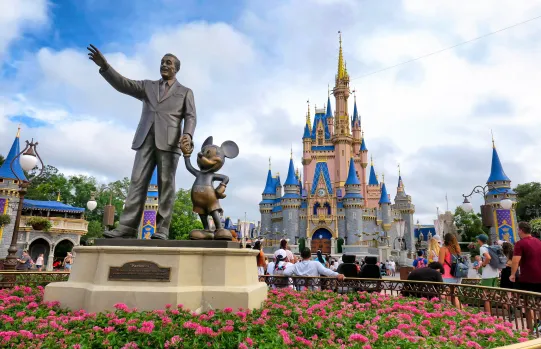
Walt Disney | Biography, Frozen, Quotes, Pictures, Movies, Company, Characters & More, wiki
The Life and Legacy of Walt Disney
Quick Facts Table
| Detail | Information |
|---|---|
| Age | Deceased (born December 5, 1901 – died December 15, 1966) |
| Weight | 150 lbs (68 kg) |
| Height | 5 ft 10 in (178 cm) |
| Original Name | Walter Elias Disney |
| Eye Color | Blue |
| Children’s Names | Diane, Sharon, and Rodger |
| Birthdate | December 5, 1901 |
| Spouse | Lillian Bounds Disney |
| Home | Los Angeles, California |
| Hometown | Chicago, Illinois |
| Origin | United States |
| Exes | None |
| Brand Ambassador Roles | Disneyland, Project X |
Early Life and Family
Walt Disney was conceived as Walter Elias Disney on December 5, 1901 in Chicago, Illinois. He was the fourth of five children in the Disney family. His father, Elias Disney, was a professional rancher and had hired construction workers. Her mother, Verdure Call, was a Disney housewife. The family struggles financially, especially in Walts’ early years, which shaped his virtue and hard-working nature.
In time the family moved to a ranch in Marceline, Missouri. It was here that young Walt developed the strength to draw and tell stories. He often shared his paintings with neighbors and family members. Walt’s encounter at home inspires his future events and a number of important characters.
Walt has a comfortable relationship with his people, especially his brother Roy, who was much younger. Together they shared dreams of progress and imagination. The Disney family’s love of storytelling and fantasy had a distinct influence on Walt, making him an important figure in movement and attractions.
Early Career and Struggles
Walt Disney‘s wanderings in the universe of artistic activity began when he attended McKinley High School in Chicago. There he took painting and photography classes. He also gave an explanation in the school paper. After graduation, Walt enlisted in the Army during WWII. He was laid off from work and is still looking for a decent job as a Red Cross rescue truck driver, where he took the picture.
After the struggle, Walt returned to Kansas City and began working in a craft store. He later started his memorable enterprise with a partner, Snickers O-Gram Studios. Unfortunately, the Snickers O-Gram fought and failed financially. This crisis led Walt to move to Hollywood in 1923 in search of new open doors.
In California, Walt teamed up with his brother Roy and ran Disney Siblings Studios. Progress was made with short films, but financial difficulties persisted. Walt faced weakness and vulnerability about his future during the animation process. Up to that point, the strength of innovation and storytelling kept him alert and paved the way for his potential success.
Rise to Stardom
Waltz got a boost in 1928 with the creation of Mickey Mouse. Following the development of his most memorable soundtrack, “Steamer Willie,” Mickey Mouse took an unexpected turn. The crowd loved the seductive personality and Walt quickly became a ubiquitous presence.
Following this event, Walt presented several interesting miniatures and introduced characters such as Donald Duck and Ridiculous. His creative style and ability to tell the story changed the trend and established it as a beloved fine art form. In 1937 he made “Snow White and the Seven Smaller People,” a powerful feature film. With special accolades and eight Foundation grants, the film was a smash hit.
Walt Disney‘s ambitious vision redistributed the attractions. He expanded his imagination past the program, which ultimately inspired the idea of Disneyland. In 1955, Disneyland opened in Anaheim, California, and quickly became a social icon. It was a great working stone for the community, reflecting Walt’s commitment to innovation, creative thinking and silliness.
Success
Walt Disney‘s successes are varied and significant. He starred in such iconic films as “Pinocchio,” “Bambi,” “Cinderella,” and “Peter Skillet.” Each film pushed the boundaries of animation and storytelling, winning honors and awards.
Disney also presented new developments in the entertainment world. He pioneered sound harmony, industrial color, and innovative movement techniques, incorporating them into his kid’s shows and movies. His bold ideas inspired the creation of Disneyland and later Walt Disney World in Florida.
In the entertainment meccas of the past, Walt explored TV and further expanded his image. Shows like “The Mickey Mouse Club” and “Walt Disney‘s Superb Universe of Variety” have become wildly popular, bringing the fun of Disney into homes across America
The Disney brand has become inseparable from proper family attractions. Walt’s dedication to storytelling, conceptual and technological advancement has made him a beloved figure and perceived brand around the world.
Failure
Despite his tremendous brilliance, Walt Disney faced serious challenges and risks throughout his career. One of his main disappointments was his “Capriccio” encounter at the bottom, which, although an exceptional picture, did not do well financially when it was released in 1940. The violent nature of the film was somewhat strong , prompting mixed reviews from the public and experts
Similarly, he faced challenges with job interviews in the late 1940s, including confrontations by Disney artists. The strike shook the foundations of the studio and put pressure on the workers. It was difficult for Walt to keep up with the changing demands and demands of his programming career.
Additionally, his fantasy of Tomorrow’s group of Exploratory Model People known as EPCOT passed the test and faced challenges as it passed EPCOT programs changed completely, prompting research from some of Walt’s unique vision the mess there.
Despite these disappointments, Walt’s ability to bounce back and profit from risk demonstrated his strength and zeal for his cause. He was focused on his vision and moving forward to get the eternity alive.
Television Career
Walt Disney’s TV identity opened up new possibilities for him and his image. Beginning in the 1950s, he appeared on various TV shows. Submitted in 1955, “The Mickey Mouse Club” turned into a social phenomenon. The show highlighted talented young performers and presented beloved characters, which are key to transforming children.
Despite the lack of children’s shows, Walt introduced Walt Disney’s Great Universe of Variety. This show gave the crowd a behind-the-scenes look at Disney movies and the joy of animation. It reflected the mindset of Disney while improving the movies and attractions coming to Disneyland.
Walt understood the power of TV as a medium for storytelling and brand lifting. His efforts in this space helped him connect with a wider audience and cemented Disney’s position as a pioneer in adaptations.
Humanitarian Work
Walt Disney was known for his imagination as well as his involvement in society. He and his significant other, Lillian, were focused on kindness. Various facilities were provided, such as medical facilities and educational facilities.
Walt was committed to helping children, and his legacy included commitments to children’s urgent care hospitals and foundations focused on training. He strongly pushed inventiveness and creativity as a tool to improve children. His vision directly influenced the didactic drive, empowering a love of learning through hands-on and storytelling.
Walt’s responsibilities for illustration and storytelling were extended before he was entertained. She believed in the power of creative ideas to transform lives, making her a beloved figure in the world of diversions and charities
Personal Life and Controversies
Walt Disney married Lillian Limits in 1925 and they lived together until her death in 1966. The couple had two young girls, Diane and Sharon, and a boy, Rodger Walt was a giving family man, of which Lillian was a part especially in his schemes of supporting It’s been taken.
However, the Disney project was not without controversy. A few scholars condemned him as demanding and difficult to work with. His strict work ethic and high demands created a lot of tension in his teams. His animated films also had conversations about diversity and imagery, which stand out to this day.
Despite these controversies, Walt remained empty in his own eyes. The excitement of that and the responsibility of holding posthumous reunions for families all over the planet took up a large portion of the investigation
Legacy and Awards
The legacy of Walt Disney is amazing. He changed the spell and had a lasting impression on the realm of movement and narrative. The characters he loved and the film he made influenced the years.
Walt has received a variety of honors, including 22 foundation grants and a privileged four Oscars. His commitment to movies and attractions earned him a place in the hearts of millions. Disney continues to grow, expanding its reach and influence around the world.
Walt’s vision characteristic of Disneyland and Disney World has been a mystical reunion for endless families. His legacy remains in the films he makes and the other joys and inspirations he provides.
Through his stories, giving and dedication, Walt Disney remains an example of innovation and creative thinking. He continues to inspire budding artists, designers and visionaries around the world.






